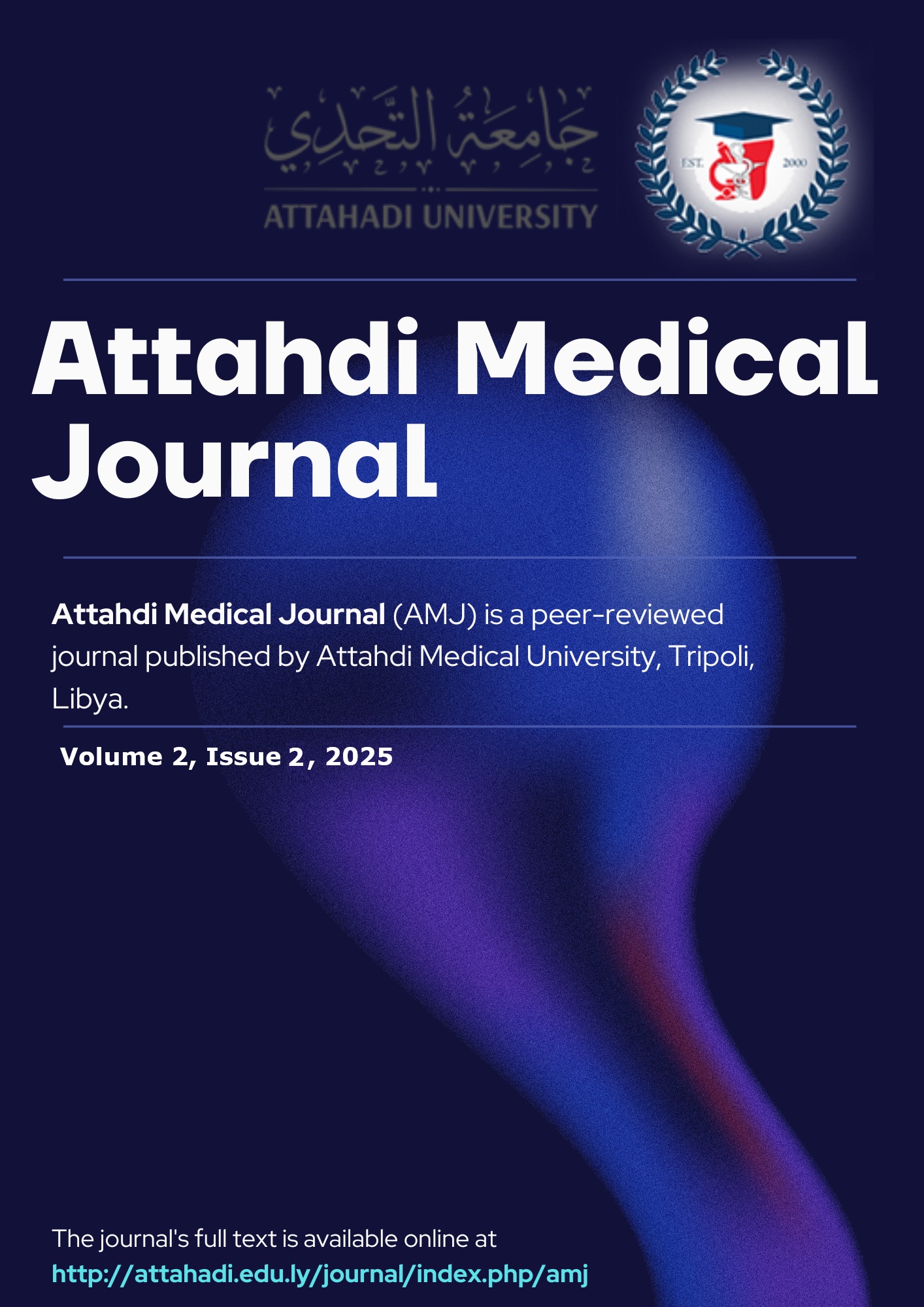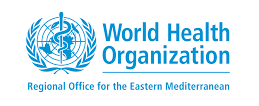Metal Pollution and Hazard Indexes of Heavy Metal Contents for some Fish Tissues Collected from Some Libyan Coasts
DOI:
https://doi.org/10.69667/amj.25211Keywords:
Pollution, Hazard, indexes, Heavy metals, Fishes. Libya.Abstract
This study was basically designed to estimate the pollution and hazard indexes of fish samples included (Mullus, Mugil SP, and Marbled) collected from the Benghazi coast. Different types of heavy metals (Cr, Cu, Pb, Ni, Zn, and Cd) were selected, then determined in three tissues in gills, liver, and muscle tissues in each type of the studied fishes. The ion coupling plasma (ICP) was used in this study. The results showed that the heavy metals concentrations were fluctuated in the following ranges: In the gills, Cr( 3.75-12.5), Cu( 11.25 -31.35), pb (23.75-50), Zn (126.25-277.5), Ni( non-detected) and Cd (2.5 -7.5), whereas for the Liver samples the concentration of heavy metals were ranged as follows: Cr(1.25 -5), Cu(26.25 -48.75), Pb ( 21.75-41.25), Zn(126.25 -726.25), Ni (non -detected), Cd( 0 – 3.41µg/g).On the other side the studied metals were in the muscle samples were fluctuated as follows: Zn(0-3.75), Cu(16.25 -17.50), pb(28.75 – 31.75), Zn(172.5 – 193.35), Ni(0 -22.5) and for Cd (0 -1.61 µg/g). Generally, the Mugli fish exhibited higher concentrations of the detected heavy metals compared to the other studied fishes in this study. there are high levels of some heavy metals recorded in this study, and this is mainly due to the pollution effects of the studied area, coming mainly from the outlets of the city. The final metal pollution index (MPI) of each site is a weighted mean value, as it was obtained taking into account the total weight of fish. The calculated sequence of MPI in tissues of Mullus was as follows: liver > gills > muscle. Agreement with tissues of Mugil SP that were ordered as liver> gills > muscle, while the sequence of MPI in tissues of Siganus was as follows: gills > liver > muscle












